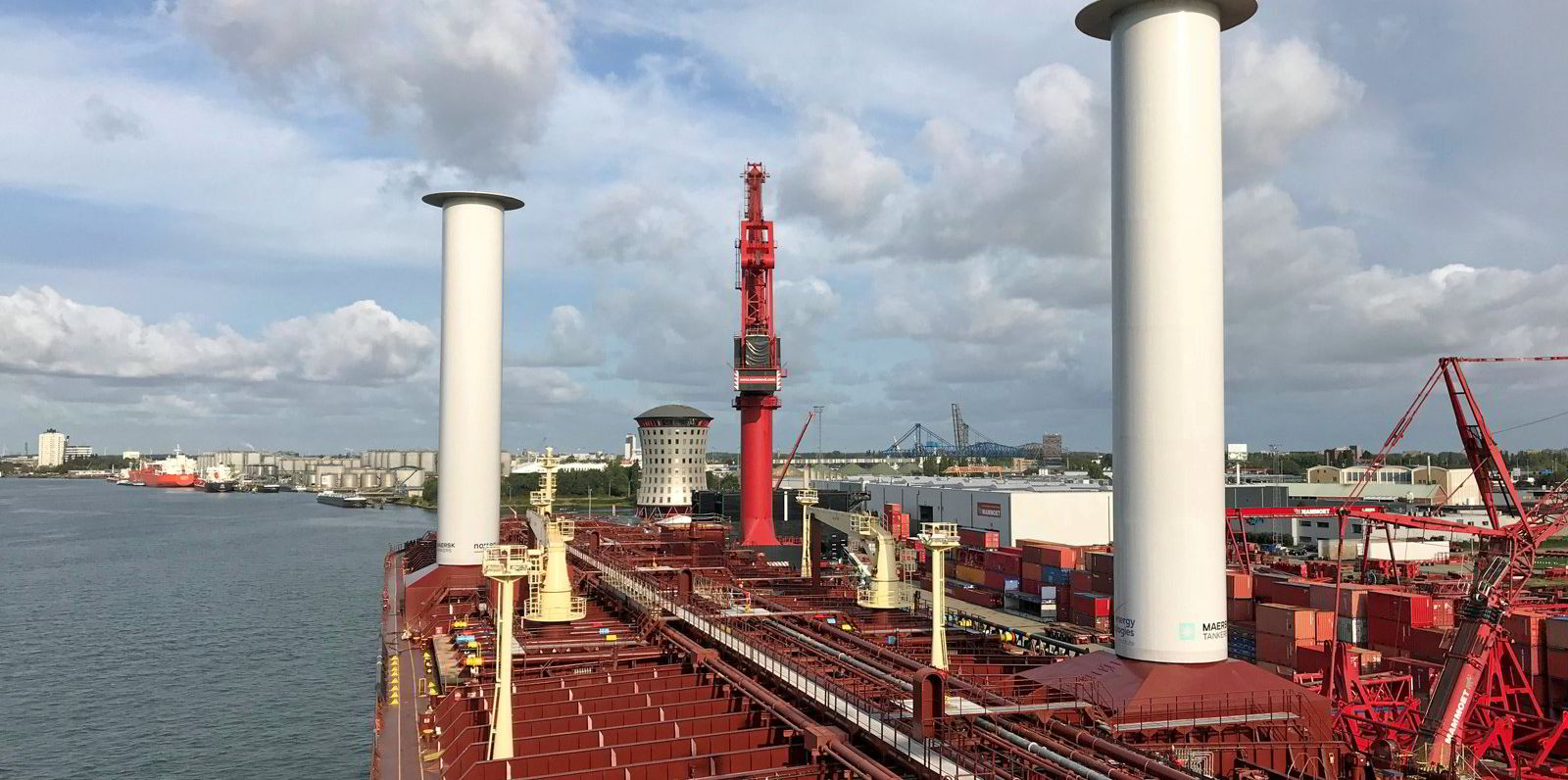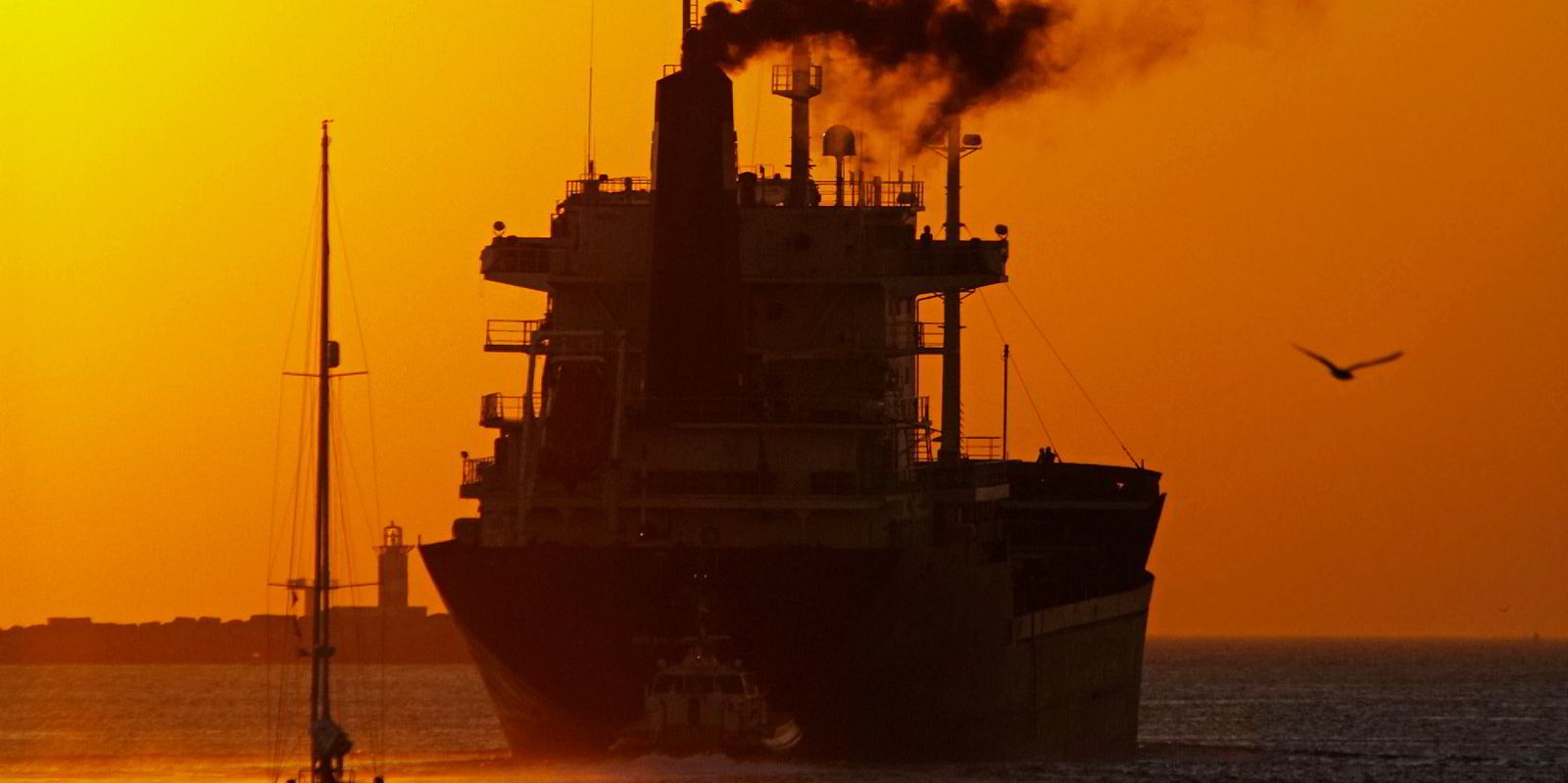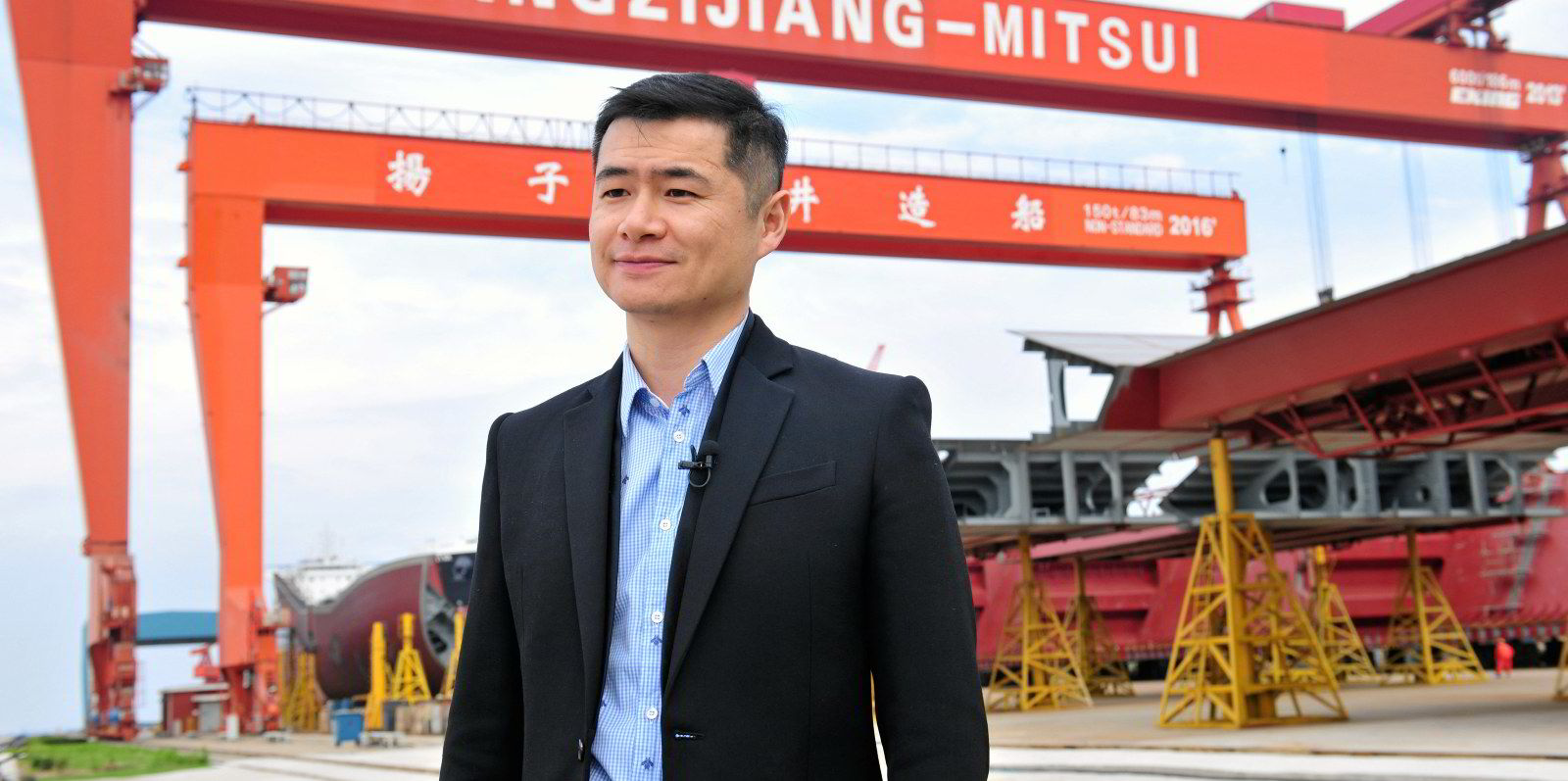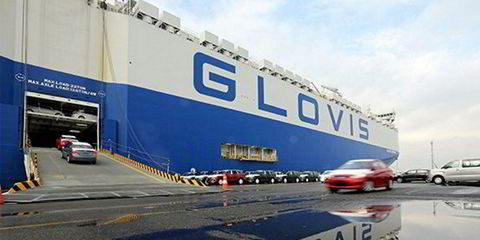Shipowners have less than two years to decide if they want to slow down, invest in technology or scrap their vessels to meet upcoming rules on emissions.
Some ships will be required to comply with the International Maritime Organization’s recently agreed efficiency standards for existing ships, known as EEXI, as early as the third quarter of 2022.
Charles Haskell, manager of the Maritime Decarbonisation Hub at Lloyd’s Register, has already had shipowners asking him when and how to comply with the regulation.
“The expectation that all ships to which EEXI applies will be required to complete the steps necessary to demonstrate compliance between the fourth quarter of 2022 and fourth quarter [of] 2023, depending on their survey cycle, means that early preparations are essential,” he said.
DNV has estimated that up to 80% of the trading fleet may have to upgrade to meet the EEXI efficiency standard.
Even recently delivered ships built under the minimum efficiency standards for newbuildings, known as EEDI, will have to upgrade. It looks as though most EEDI Phase 1 ships, built between 2015 and 2020, will have to upgrade efficiency, as well as some Phase 2 ships, built between 2020 and 2025.
Haskell said: “Phase 1 compliance is insufficient for the majority of ship categories, including bulkers and tankers, and Phase 2 compliance is insufficient if the ship category has had EEDI Phase 3 brought forward to 1 January 2022, including larger containerships, LNG carriers and cruiseships with non-conventional propulsion.”
There are no quick ways to improve the energy efficiency of ships
Charles Haskell, Lloyd’s Register
The positive is that for most shipowners, compliance will not involve major capital expenditure or dry-docking.
The simplest way for inefficient vessels to improve their EEXI rating will be to limit their speed through adjustment to the engine power. Another option would be to switch to low-carbon fuels.
The issue for owners that choose to slow down will be not so much the cost as whether the ships will remain competitive and tradable in the market.
Many ships are already operating at considerably reduced speeds and may not be able to realistically cut speeds any further.
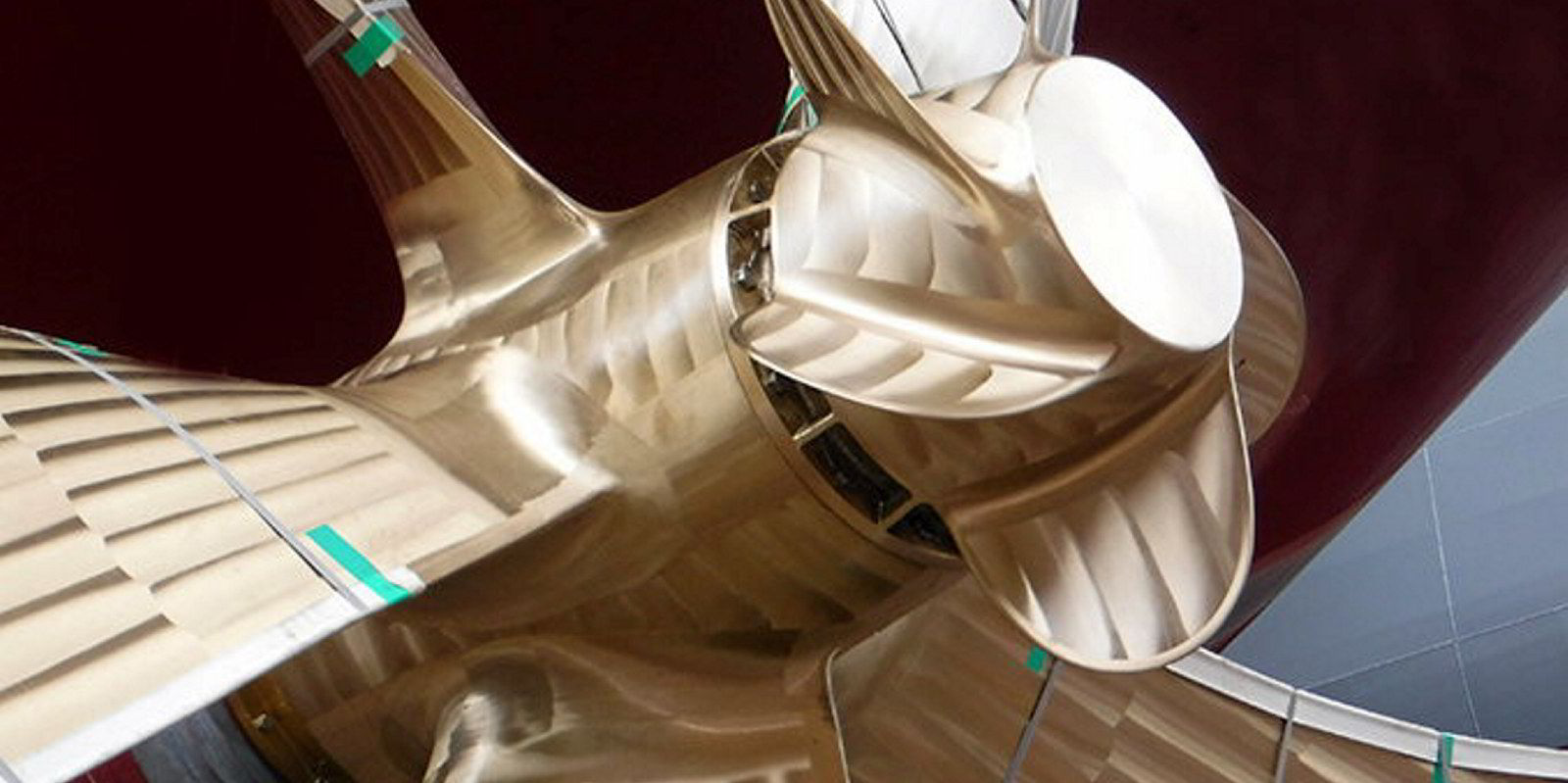
Haskell said: “Speed reduction or optimisation or switching to biofuels are obvious quick wins for operational carbon intensity, but reductions in speed got carbon intensity to where it has remained since 2013, with the major sectors operating at 40% to 60% average main engine loads already — and biofuels are not a panacea.”
The other option is to install efficiency technology on the vessel. Fins or ducts can be added to propulsion systems at relatively low cost and, in some cases, without dry docking. However, the problem is that the gains in EEXI rating are also likely to be limited.
The last resort
More advanced technology such as wind sails could be incorporated, but, particularly for older vessels, the investment and planning may not be worth it in the end.
“The technical adaptations that remain, including wind assistance, air lubrication systems and hull form optimisation, take planning, time and investment. There are no quick ways to improve the energy efficiency of ships. There are only the cost-effective options, which maximise the profitable operational life of a ship under the constraints imposed by EEXI and operational carbon intensity reductions,” Haskell said.
For many that cannot reach the EEXI standard through speed reduction or technology, the last resort will be demolition.
Cash buyers are already eyeing the potential increase in sales once EEXI starts in late 2022.
